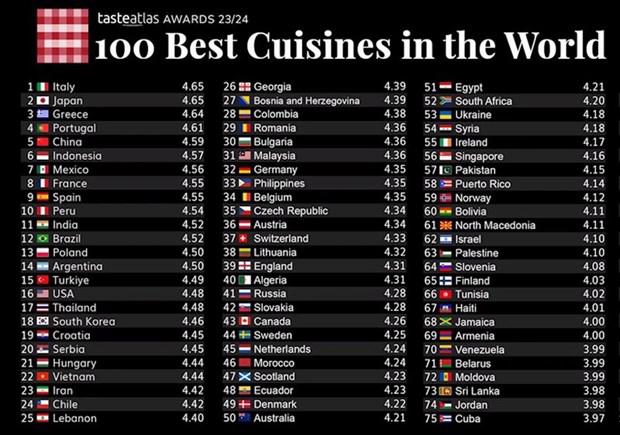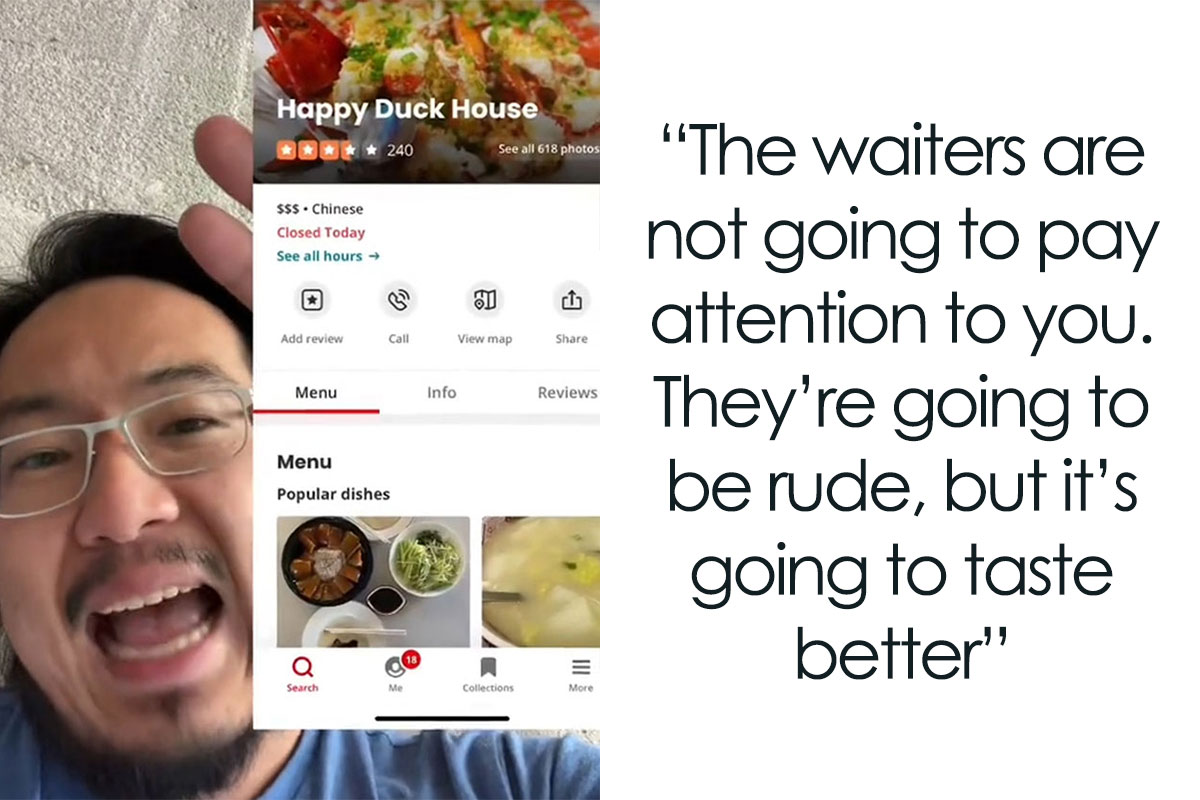Ultimate Guide to Asian Restaurant Ratings: How to Find the Best Dining Spots
When it comes to Asian cuisine, the vast diversity of flavors, cooking styles, and dining experiences can be overwhelming. From the spicy curries of India to the delicate sushi rolls of Japan, every region offers unique culinary delights. But how can you ensure that you’re visiting the best Asian restaurants in your area? This guide breaks down Asian restaurant ratings and explains how to evaluate them to find your next favorite dining spot.

Why Are Asian Restaurant Ratings Important?
Asian food is known for its complexity and rich flavors, making the dining experience highly dependent on the quality of the restaurant. Restaurant ratings are crucial because they offer a snapshot of the quality and authenticity of a place. Whether you’re looking for Chinese dim sum, Vietnamese pho, or Korean BBQ, a restaurant’s rating can provide valuable insights into its food quality, service, and ambiance.
Ratings help consumers make informed decisions and ensure they are investing in a memorable meal. Platforms like Google Reviews, Yelp, and TripAdvisor allow diners to share their experiences, creating a transparent environment where you can gauge the quality of any Asian restaurant before stepping through its door.
Key Factors to Consider When Evaluating Asian Restaurants
To truly understand what makes a restaurant stand out, there are a few important factors to consider. Food quality, authenticity, and service are the pillars of any great restaurant, but there are other elements that contribute to the overall experience.
1. Food Quality and Flavor
A restaurant’s core appeal lies in its food. Authenticity matters, but so does flavor. Asian cuisine covers a vast range of ingredients and techniques. From the spicy complexity of Indian curry to the delicate balance of Japanese sushi, each dish should be well-prepared with fresh ingredients.
2. Authenticity of the Cuisine
Authenticity is essential in Asian dining. Diners seek an experience that transports them to the heart of a specific culture. Restaurants that stay true to the origins of the cuisine, using traditional techniques and ingredients, often receive higher ratings.
3. Service and Atmosphere
The service and ambiance of a restaurant can make or break the experience. Friendly, attentive staff and a comfortable environment contribute to a pleasant dining experience. Quick service is essential, especially in fast-paced settings like Korean BBQ or Chinese hot pot.

4. Presentation and Hygiene
Presentation plays a huge role in the perception of a dish. Asian food is not only about taste; it’s about the overall visual appeal. Hygiene, especially in terms of food preparation and cleanliness, is another factor to consider when evaluating a restaurant. Sanitation standards should always be at the forefront of a restaurant’s operation.
Popular Platforms to Check Asian Restaurant Ratings
Today, there are many platforms where consumers can check and contribute to restaurant ratings. Each platform has its own unique features, but they all provide valuable customer feedback. Here are some of the most widely used:
-
Google Reviews: With its extensive reach and easy access, Google Reviews provides the most comprehensive and up-to-date reviews from real customers.
-
Yelp: Yelp has a strong presence in North America and offers ratings, reviews, and photos of various Asian eateries.
-
TripAdvisor: Perfect for travelers, TripAdvisor allows users to rate restaurants globally, giving an unbiased view of the dining experience.
-
Zomato: Known for its detailed restaurant ratings and user-generated reviews, Zomato allows you to search specifically for Asian cuisine in any region.
How to Spot Fake Ratings or Reviews
While restaurant ratings are helpful, it’s important to be cautious about potential fake reviews. Sometimes, restaurant owners or competitors might manipulate ratings. Here’s how you can avoid falling for misleading reviews:
-
Look for a balance of positive and negative reviews: A few critical reviews indicate authenticity.
-
Check for verified reviewers: Look for users who have posted multiple reviews or have a history of credible feedback.
-
Pay attention to review details: Genuine reviews usually provide detailed feedback about both the food and the service.
Best Asian Restaurant Chains with Excellent Ratings
If you’re looking for Asian restaurant chains that consistently receive high ratings, here are a few popular ones that stand out for their quality and service:
1. Din Tai Fung (Taiwanese)
Known for its exceptional dumplings and Xiao Long Bao (soup dumplings), Din Tai Fung has earned a reputation worldwide for offering the best in Taiwanese cuisine. Consistently ranked as one of the best Asian chains, this restaurant maintains high standards across locations globally.
2. P.F. Chang’s (Chinese-American)
Although P.F. Chang’s is a fusion of Chinese-American cuisine, it has gained global popularity due to its high-quality dishes, friendly service, and inviting atmosphere. Many reviewers praise their Mongolian Beef and Dynamite Shrimp.
3. Wagamama (Japanese)
For those craving Japanese-style ramen, Wagamama delivers. Their food quality and service, combined with an inviting atmosphere, make them a consistent favorite in the Asian restaurant scene.

Evaluating Specific Types of Asian Cuisine
Different types of Asian cuisine can be rated based on distinct criteria. Here are some general tips on how to evaluate the most popular Asian foods:
Chinese Cuisine:
-
Dim Sum: Focus on freshness and variety. The best dim sum should be steamed or fried to perfection.
-
Peking Duck: Look for crispy skin and tender meat. The sauce should be rich, and the pancakes should be thin.
Japanese Cuisine:
-
Sushi: Freshness is key. Sushi rice should be perfectly seasoned, and the fish should be of top quality.
-
Ramen: Evaluate the broth first—rich, flavorful, and well-seasoned broth is a sign of quality.
Indian Cuisine:
-
Curries: Look for well-balanced spices and tender meat or vegetables. A good curry will have depth and layers of flavor, not just heat.
-
Naan: It should be soft and slightly crispy on the edges.
Vietnamese Cuisine:
-
Pho: A good pho should have a clear, flavorful broth and fresh herbs. The noodles should be soft, not mushy.
-
Banh Mi: The balance of fresh ingredients, pickled vegetables, and savory protein is essential.
Conclusion
Finding the best Asian restaurants starts with understanding the rating system and evaluating restaurants based on food quality, authenticity, service, and ambiance. With numerous review platforms and reliable ratings, it’s easier than ever to make an informed decision. Whether you’re in the mood for Chinese dumplings, Vietnamese pho, or Korean BBQ, the right reviews and ratings will guide you to an unforgettable dining experience.
FAQs
Q1: How do I know if a restaurant’s food is authentic?
A1: Authenticity is often reflected in the ingredients used, the preparation techniques, and the presentation of the dishes. Reading customer reviews about these aspects can help you assess a restaurant’s authenticity.
Q2: Can I trust online restaurant reviews?
A2: Yes, but it’s important to look for reviews from multiple platforms and users. Authentic reviews are usually detailed and balanced, mentioning both positives and negatives.
Q3: What are the best tools for finding high-rated Asian restaurants?
A3: Platforms like Google Reviews, Yelp, TripAdvisor, and Zomato are great tools for finding highly rated Asian restaurants.
By considering these tips and exploring the reviews, you can easily navigate through the diverse world of Asian dining and enjoy a top-notch experience.


